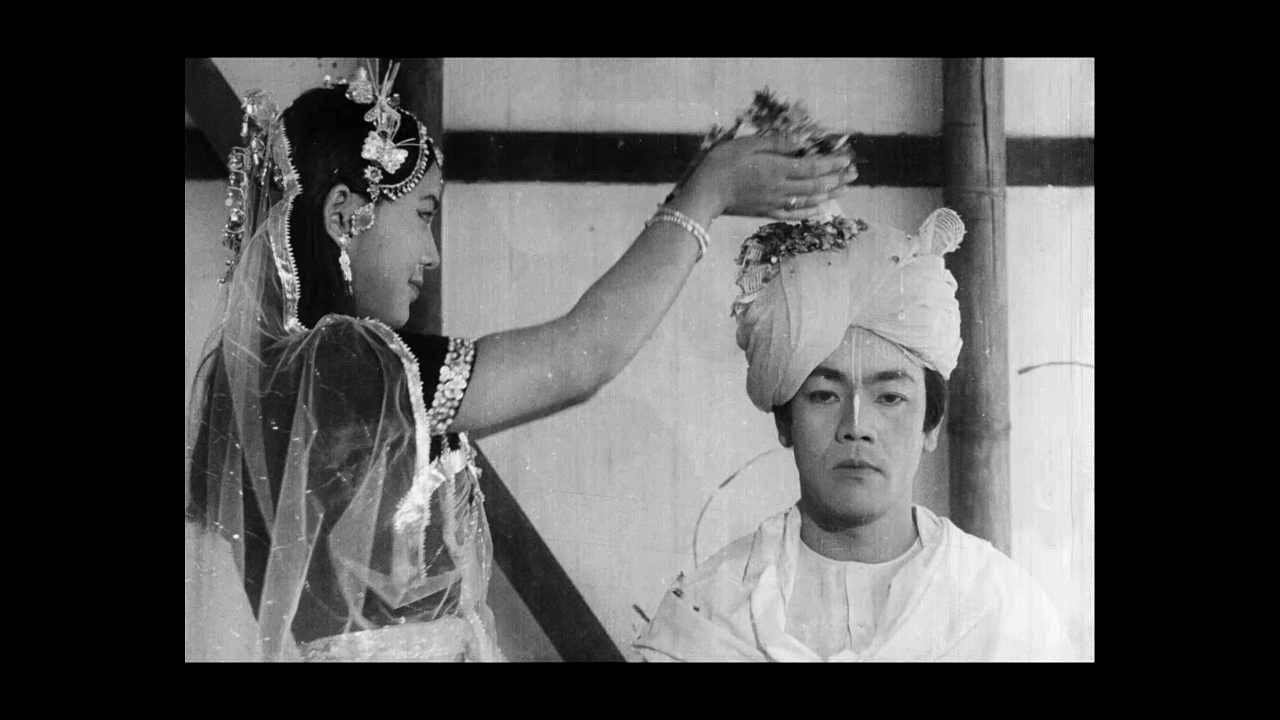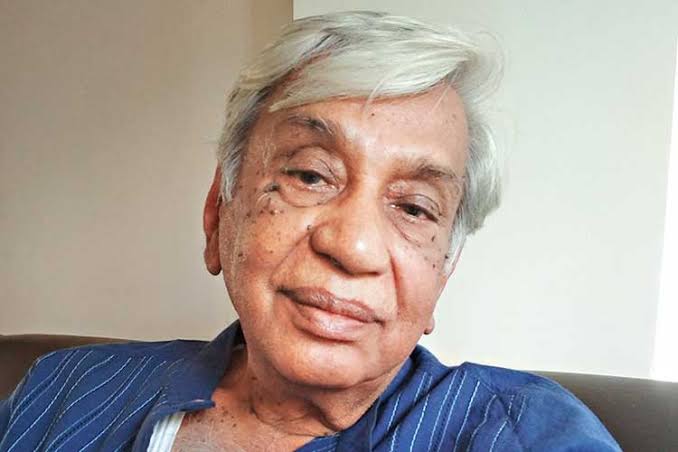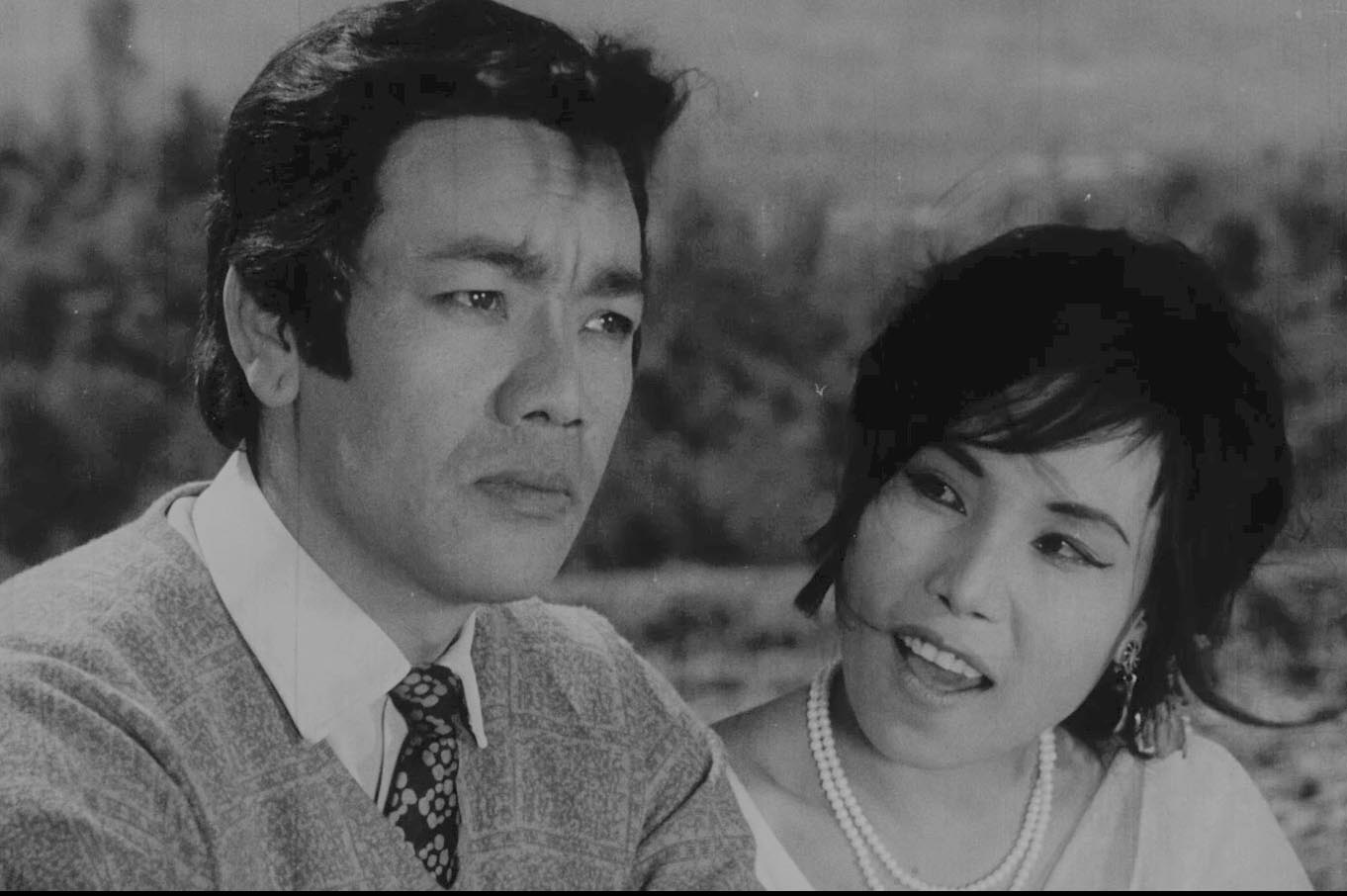Anil Bhat interviews Lt Gen S. Ravi Shankar, PVSM, VSM (Retd), former Director General Border Roads, who highlights the role of BRO during operations, with special reference to its timely and vital snow-clearing efforts during Pak army’s and Chinese PLA’S misadventures at Kargil in 1999 and currently along the LAC respectively.
AB: Let me compliment you on the comprehensive article, ‘BRO: The Best Under Extremes’, in the Organiser Magazine published for the week-ending 27 July 2020. Giving a good overview of the BRO, it generates many leads to explore for more informative and interesting stories. The role of BRO for Operation Vijay in Kargil in 1999 is not very well known and becomes relevant to recall on Kargil Vijay Diwas, 26 July. Could you elaborate on that?
RS: Thank you. Yes, the article was well received. I felt there were a lot of gaps in how people understood the BRO and hence the article. I was quite surprised when a former Director General, Ministry of Roads, Transport and Highways (MORTH) rang to thank me, saying he was clearer about the BRO after reading it. Being an overview, many aspects have been touched upon. One was that BRO has a role in operations and it has participated in all the wars India has fought after it was raised in 1960. In Kargil BRO played a critical part.
Zojila and Rotang passes are closed for winters for over six months in a year, keeping Ladhak cut-off by road usually from November to June. Opening the pass after the winters is a herculean task performed each year under sub-zero conditions, with standing snow as high as 5.4m (18 ft). During Kargil (1999), 56 RCC (Road Construction Company) working from the Valley end and 55 RCC working from the Kargil side cleared the pass by 22 April 1999. Guns could now be deployed. Logistics were possible by road. Both are battle winning factors, morale boosting to the troops deployed there. It did not end there. 55 RCC at Kargil came under shelling and had to move to Murbaek, from where they maintained the Kargil Airfield, repairing it twice after it was shelled. Alternate connectivity from Badipur, Guraiz was also created in case Zojila came under shelling. This actually upset Pak army’s plans of having the Indian Army cut-off across Zojila. They were the ones surprised.
AB: Has the snow-clearance helped the present situation on the Line of Actual Control (LAC), between India and China?
RS: Most definitely yes. Many do not visualize the magnitude of this snow clearance effort of the BRO. It is not just Zojila and Rotang. Close to 150 roads and a total of 4000 Km require snow- clearance; about 2500 Km in J& K, close to 700 Km in Sikkim and Arunachal and an equal amount in Himachal Pradesh and Uttrakhand. There are about a dozen major passes to be opened. Mana Pass in Uttrakhand for example is at 5600m (18,500 ft), probably the highest in the world. Rotang is close to 4300m (14,000 ft) and as you go towards Leh from Rotang, there are four more even higher with Taglangla at 5300m (17,500 ft).
All these passes were cleared this year in record time. Zojila was opened on 15 March 2020, beating even the Kargil record. What makes it even more challenging was the lock-down when no civilian hired labour (CPL) was available. All the snow clearance was done with the posted personnel only. You can imagine the planning and coordination that goes into such operations. Good equipment, the latest, was indeed an asset. But none of it is possible without a high state of morale.
All movement forward was therefore possible in a quicker time frame, allowing the Army to build up early. How important this is, any field commander will tell you. Along with this BRO have worked on strengthening some of the bridges. Even this required the passes to be opened first.
AB: You mentioned bridges in your article too, and said more needs to be done.
RS: What you need are better bridges for emergencies, not for just the BRO and the Army but for the nation as a whole for we have vintage solutions for emergencies. The BRO, the State PWDs all use Bailey Bridges in emergencies. These are of WW II vintage and not suited for the present-day axle loads. Beyond 40m they can barely take 18 tons of load and so, very often they come down due to overloading. A sand filled truck is much heavier. When the State authorities or the Army deploy such bridges in emergencies, we are left with one more weak bridge on the road or NH (national highway). The BRO also uses these extensively for constructing hill roads quickly, because they cannot work ahead without a bridge. An emergency modular bridge, the Bailey Bridge is the answer they have, but the problem is these reduce road utilization; a double lane road now has a single-lane bridge with only one- fourth the desired loading. This is a huge national loss if it remains for long.
AB: Is there an alternative?
RS: Most countries have shifted from the Bailey to New Generation Bridges like the Acrow. These can give you double lane and IRC (Indian Road Congress Codes) loading of 70 R (wheel loads of 100 tons), even SV loading (for specialist vehicles) which is much higher. They can be launched like the Bailey Bridge, quickly and in very tight site conditions. When used in emergencies or to upgrade weak bridges we can have the new bridge in place in a week’s time if we have stocked these bridges. It will be a permanent, double lane bridge, or even 3 lanes if required, and can be loaded to the full desired capacity as per the IRC loading codes. Progressively all the Bailey Bridges can also be replaced and ‘voila’, you have roads in a short time with 6-8 times the earlier capacity. I think we need to work harder on this.
I have said in my article that such bridges should be our minimum standard. I have even given an example of an Acrow bridge launched in 2016 in Sonprayag in Uttrakhand. This enabled the Yatra (pilgrimage) to Kedarnath to take place that year. This more than made- up for the cost of the bridge in one season of heightened commercial activity during the Yatra. That is the value of having better bridges and using roads and NHs to full capacity.
WordSword Features

The writer is editor WordSword Features. He is also a strategic analyst and former spokesperson, Defence Ministry and Indian Army, and can be contacted at wordsword02@gmail.








